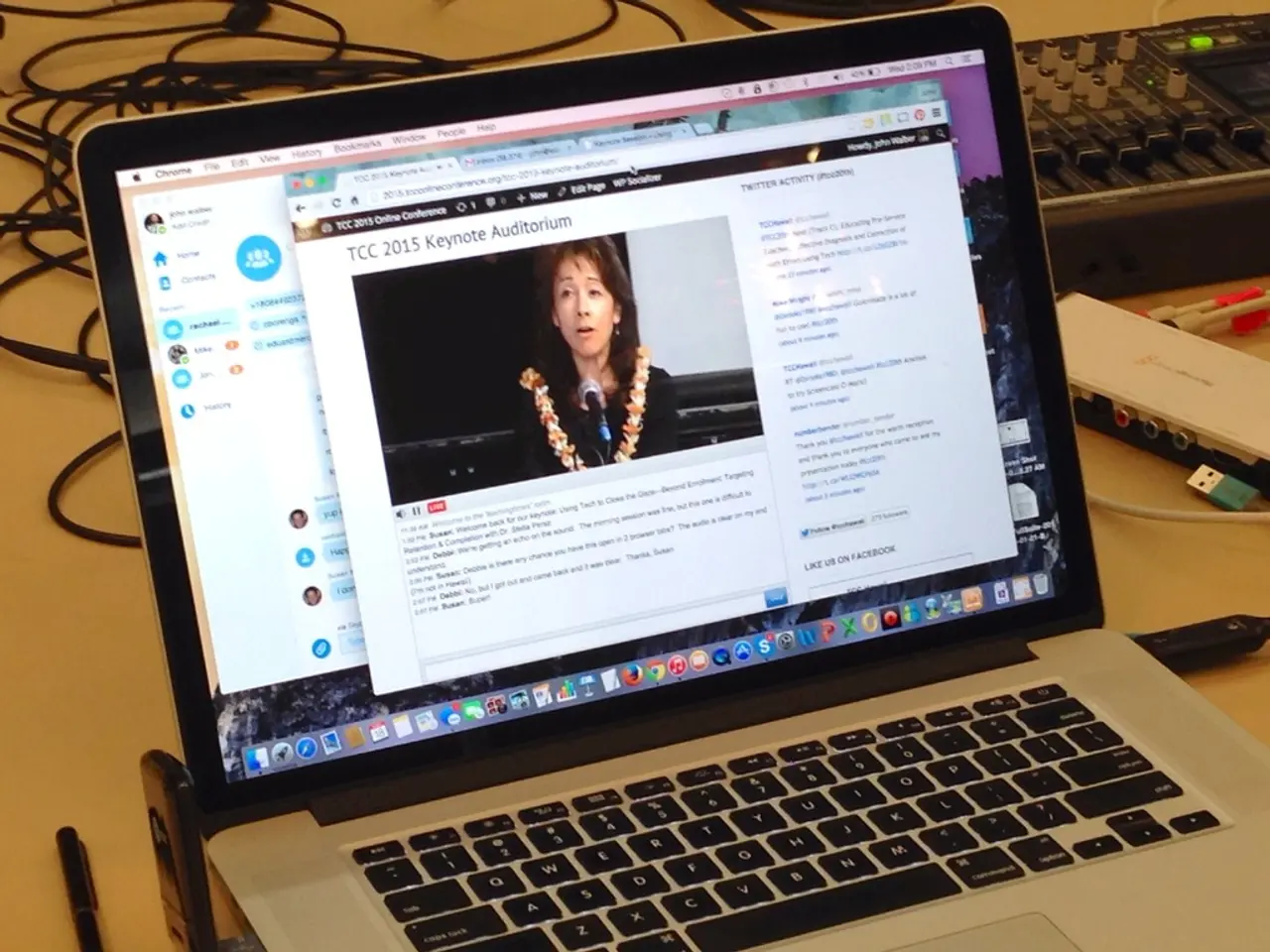Agile Pods' Compatibility with SAP: A Hands-On Examination of What Works Effectively (and What Falls Short)
Agile Pods, small, cross-functional teams of certified professionals, are transforming the way SAP projects are managed. These teams, typically consisting of 5 to 8 members, are assembled with a clear goal to deliver value rather than just tasks or hours. They bring together developers, architects, QA, and other specialists who have complementary skills, enabling the team to be self-reliant and adaptable.
To make Agile Pods successful in SAP projects, particularly where complexity and volatility are common, certain adjustments are necessary.
Interdisciplinary Expertise
Agile Pods should be assembled with all required roles, such as SAP consultants, developers, testers, and business analysts, to reduce handoffs and improve agility.
Product Ownership
Assigning Pods ownership of a complete SAP product or initiative, rather than isolated tasks, creates alignment and accountability. This makes the team responsible for understanding business goals and proposing solutions end-to-end.
Low Bureaucracy and High Cohesion
Keeping teams small and mission-focused helps minimize traditional delivery friction such as role ambiguity and slow decisions. Fostering strong team commitment and faster feedback loops is crucial.
Adaptation to SAP Operating Context
SAP projects require understanding integrated business processes and often need to coordinate with core SAP modules. The Pods should be capable of cross-module planning, testing, and deployment to address real-time demands and supply chain constraints common in SAP environments.
Continuous Feedback and Scenario Testing
Because SAP processes depend heavily on scenarios and planning accuracy, Pods must integrate testing and simulation capabilities early to evaluate process changes before full implementation.
Agile Pods in SAP projects thrive when organized as self-contained, cross-functional teams with clear ownership, low bureaucracy, and a strong focus on delivering end-to-end business value. They must be adjusted to the SAP landscape by incorporating interdisciplinary SAP expertise, enabling scenario-based planning/testing, and maintaining a continuous feedback culture to handle the complexity and rapid change inherent to SAP implementations.
This model is ideal for SAP programs that span several modules or business units, allowing each Pod to focus on a clear business outcome while staying aligned with the broader strategic roadmap. In larger organizations running multiple SAP workstreams, the Scaled Agile Framework (SAFe) is often adopted to bring alignment and governance to agile practices at scale.
Inclusion Cloud, a company that builds SAP-ready Pods, uses an AI-powered recruiting engine to filter candidates based on SAP certifications, technical depth, and soft skills. Every candidate at Inclusion Cloud goes through a double validation process, including an HR team and senior technical leaders from the SAP practice.
Agile Pods offer a way to bring agility without abandoning discipline in SAP projects. However, it only works if the team inside the Pod is experienced enough to handle ambiguity and aligned with the business. Tech decisions are made close to delivery in Agile Pods, not locked in months earlier. Collaboration with business users is non-negotiable in Agile Pods.
In conclusion, Agile Pods provide a powerful solution for navigating complexity in SAP projects, offering a more flexible, efficient, and reliable approach to SAP project management. By adapting to the unique demands of SAP environments, Agile Pods can deliver rapid, flexible, and reliable SAP solutions, drastically reducing ramp-up time and bringing in a team that's worked together, understands the SAP landscape, and knows how to deliver under agile principles.
- The scalable Agile Pod model, used by companies like Inclusion Cloud, prioritizes experienced professionals with SAP certifications, technical depth, and soft skills to ensure seamless integration and delivery in SAP projects.
- In larger organizations, the Scaled Agile Framework (SAFe) is often adopted to align and govern agile practices at scale across various SAP workstreams, promoting efficiency and continuity.
- In Agile Pods, business users have a non-negotiable role in collaboration, as tech decisions are made closer to delivery, enabling rapid, flexible, and reliable SAP solutions compared to traditional methods.



